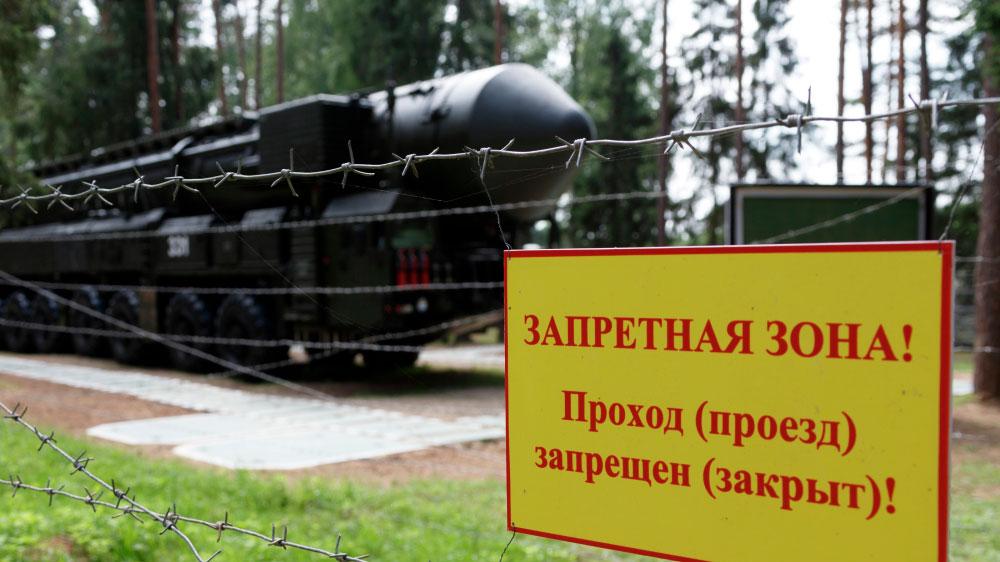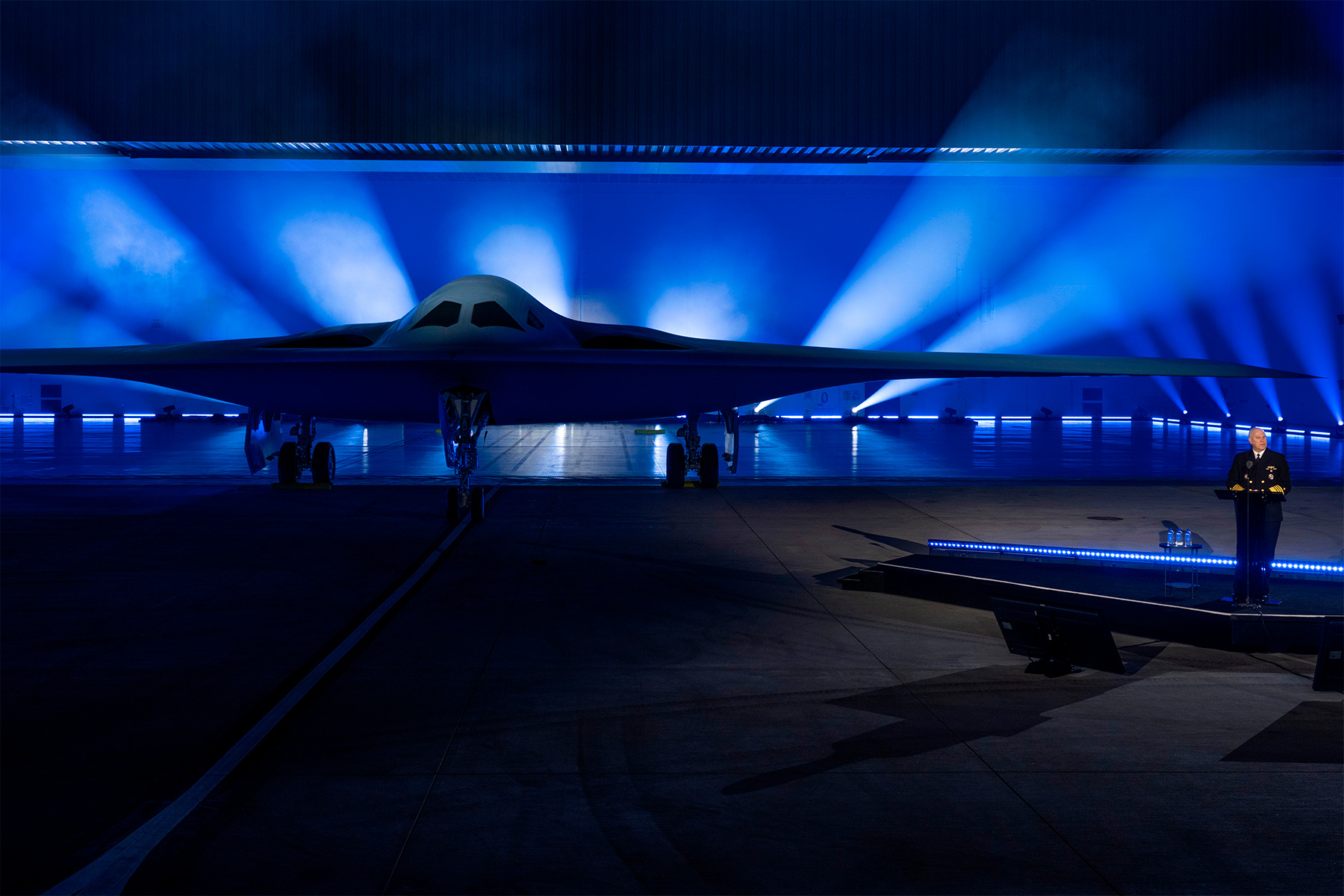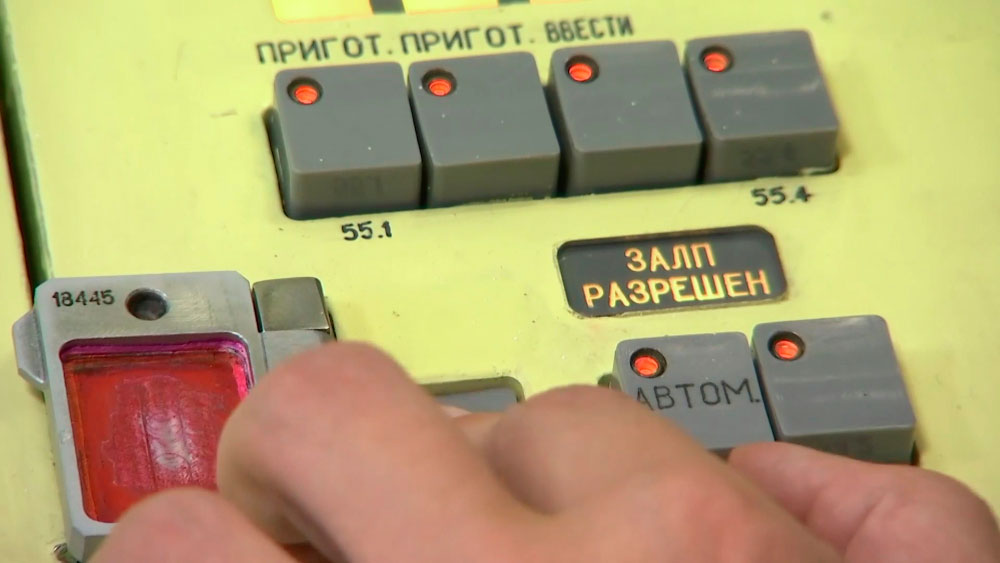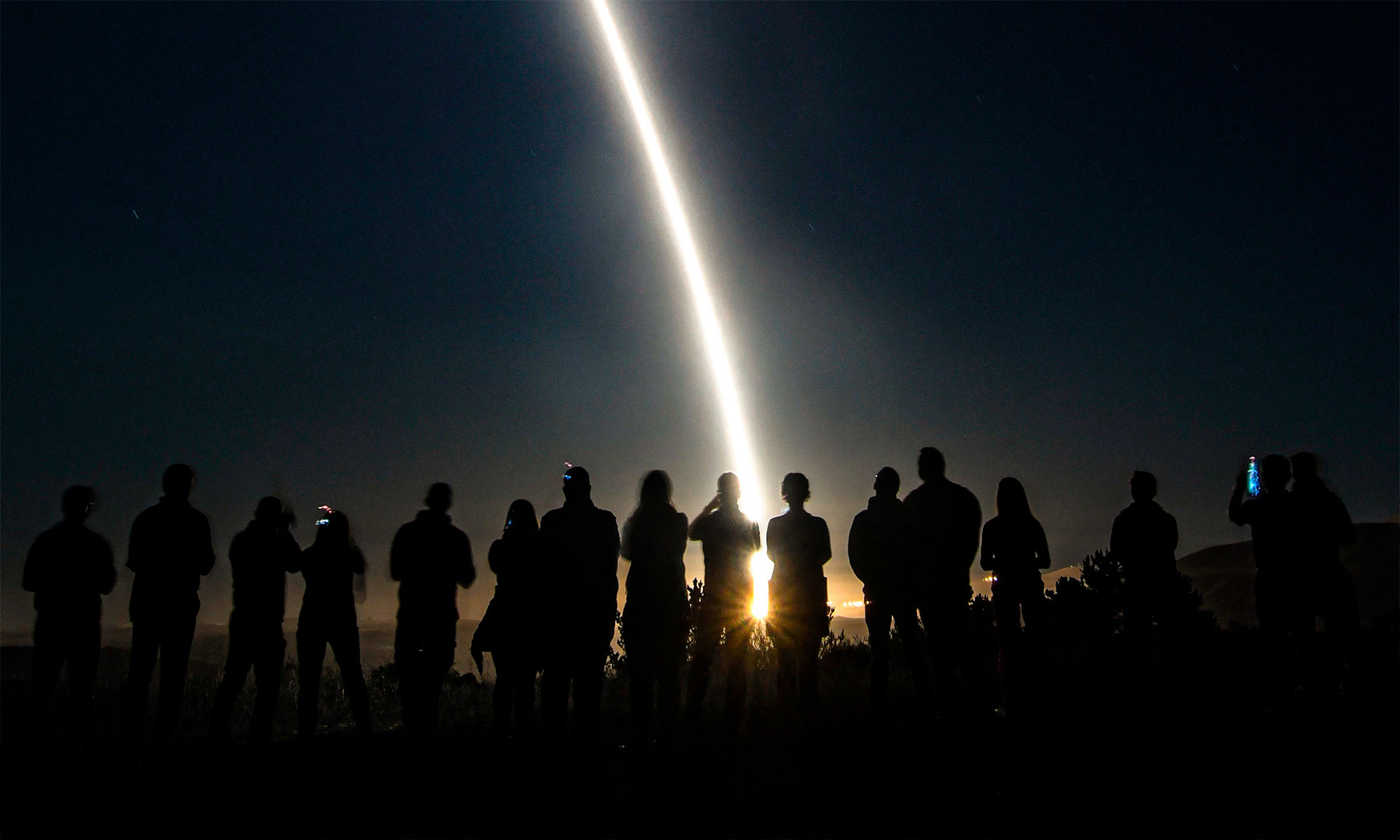The ongoing Russia-Ukraine conflict has demonstrated an unprecedented use of missile capabilities and unmanned aerial vehicles (UAVs) by both militaries. While Ukraine’s capabilities present a significant military-technical challenge for Russia, the fact that they are supplied by third parties, including the United States, has become a political issue aggravating the already tense Russia-U.S. relations. With Russian officials warning that Washington’s support for Ukraine—especially the provision of advanced missiles and UAVs—carries significant escalation risks by increasing U.S. complicity in the conflict, tensions continue to mount in the United States with regard to whether—and if so, how—aiding Ukraine militarily may risk nuclear escalation with Russia.
These discussions feed into a broader debate on how new technologies used on the battlefield, including advanced delivery systems, have impacted strategic thinking on escalation. This includes not only UAVs but also hypersonic systems, given their first combat use in Ukraine. Drawing on cases of Russia’s escalation signaling towards the U.S. in the conflict, this piece discusses the impact of UAVs and hypersonic missiles on strategies of escalation while exploring some potential implications that these developments may have for the strategic Russia-U.S. relationship.
Communicating and receiving escalation signals is a tremendously difficult task. In the Ukraine conflict, it is further compounded by Washington’s indirect role as a belligerent. While allowing for some flexibility in actions below the level of direct armed conflict, it raises the risks of horizontal escalation so that the conflict might expand beyond its current geographical boundaries. Further, the above cases show that the risks of escalation increased sharply because a state was confused about whether its adversary interpreted a particular action as escalatory.
Both Russia and the U.S. have designated hypersonic missiles and UAVs as pressing military threats.
As recent conceptual developments have shown, there is a potential collision in thinking about escalation, with nuclear use increasingly perceived as a battlefield option at lower rungs of the escalation ladder. While recognizing the growing threat from UAVs and hypersonic missile systems, both countries lack an explicit definition of the role of these technologies in their respective postures. Therefore, although the battlefield use of UAVs and hypersonic missiles is not a pretext for lowering the nuclear threshold per se, their employment by the nuclear-capable states may nevertheless risk inadvertent escalation. This means that even in a conventional conflict like the one in Ukraine, the risks of a limited war erupting into an all-out war are non-trivial and must urgently be addressed.
While signaling nuclear resolve remains an essential tool of deterrence, so is nuclear restraint, particularly in cases where an action was not meant as escalatory. While unilateral public statements, such as reaffirming the January 2022 Joint statement of the leaders of the five nuclear-weapon states on preventing nuclear war and avoiding arms races, cannot compensate for a comprehensive dialogue to reduce misunderstandings, they may still help mitigate the immediate effect of a potentially escalatory action.
The ongoing Russia-Ukraine conflict has demonstrated an unprecedented use of missile capabilities and unmanned aerial vehicles (UAVs) by both militaries. While Ukraine’s capabilities present a significant military-technical challenge for Russia, the fact that they are supplied by third parties, including the United States, has become a political issue aggravating the already tense Russia-U.S. relations. With Russian officials warning that Washington’s support for Ukraine—especially the provision of advanced missiles and UAVs—carries significant escalation risks by increasing U.S. complicity in the conflict, tensions continue to mount in the United States with regard to whether—and if so, how—aiding Ukraine militarily may risk nuclear escalation with Russia.
These discussions feed into a broader debate on how new technologies used on the battlefield, including advanced delivery systems, have impacted strategic thinking on escalation. This includes not only UAVs but also hypersonic systems, given their first combat use in Ukraine. Drawing on cases of Russia’s escalation signaling towards the U.S. in the conflict, this piece discusses the impact of UAVs and hypersonic missiles on strategies of escalation while exploring some potential implications that these developments may have for the strategic Russia-U.S. relationship.
Escalation signaling in the Ukraine conflict
Hypersonic missile systems that can carry both nuclear and conventional warheads, as does Russia’s Kinzhal hypersonic aeroballistic missile, can create both battlefield-level and strategic effects. However, when Russia stroke a Ukrainian target by the Kinzhal missile in March 2022, discerning a conventional and a nuclear role of the missile proved challenging.
The reported battlefield aim of the strike was to destroy a large underground missile and ammunition warehouse. Simultaneously, the Russian Ministry of Defence sent a deterrence signal to the U.S, suggesting that the Kinzhal had a strategic role as well. Following the strike, the Ministry spokesperson alluded to a potential nuclear option: ‘the Kinzhal complex is used with a conventional warhead. Although experts are aware of the capabilities of this weapon not only in terms of range, but also in terms of warhead type’.
When commenting on the strike, U.S. President Biden suggested that Russia was using more advanced weapons to compensate for the lack of progress in achieving its military aims against Ukraine, noting that the Kinzhal missile is ‘a consequential weapon … with the same warhead on it as … any other launched missile. It doesn’t make that much difference, except it’s almost impossible to stop it’. Similarly, USAF Commander Gen. Wolfers claimed that Russia’s aim was ‘to demonstrate the capability and attempt to put fear in the hearts of the enemy’.
In other words, Russia appears to have used the Kinzhal case in an attempt to control escalation between the U.S. and Russia as, from the Russian perspective, the Ukraine conflict is a proxy war that the U.S./NATO wage against Russia. However, U.S. officials reacted to the conventional potential and function of the missile for battlefield aims rather than its deterrent role.
In March 2023, the world stood witness to an incident over the Black Sea with a Russian Su-27 fighter jet and a U.S.MQ-9 Reaper, the intelligence, surveillance and reconnaissance strike-capable UAV, involved. While there have been cases of interception of NATO and U.S. vehicles by Russia, this incident was particularly escalatory as the Russian jet, as is believed in Washington, retaliated by dumping fuel on the Reaper, causing it to crash into the sea. Not only did the the U.S. warn Russia of the risks of ‘miscalculation and unintended escalation’, but it also summoned the Russian ambassador to express its objections.
In turn, Russia strongly condemned Washington’s actions by highlighting the escalatory risks of U.S. reconnaissance operations in the geographical proximity of the Ukraine conflict as this may facilitate future attacks against Russia by Ukraine. However, to downplay the mounting tensions while clarifying Russia’s intentions, which it viewed as defensive, Russia’s Ministry of Defence subsequently stated that Russian aircraft ‘did not use airborne weapons or come into contact’ with the Reaper.
Thus, although drones are sometimes expected to limit escalation by decreasing the risks of retaliation as opposed to manned systems, this case of unintended escalation significantly heightened tensions between Russia and the U.S.
Implications for escalation between Russia and the USA
Communicating and receiving escalation signals is a tremendously difficult task. In the Ukraine conflict, it is further compounded by Washington’s indirect role as a belligerent. While allowing for some flexibility in actions below the level of direct armed conflict, it raises the risks of horizontal escalation so that the conflict might expand beyond its current geographical boundaries. Further, the above cases show that the risks of escalation increased sharply because a state was confused about whether its adversary interpreted a particular action as escalatory.
In the Kinzhal case, Russia attempted escalation control through deliberate allusion to the nuclear option, despite statements of its leadership against nuclear use in Ukraine. While there remains a conceptual difference between nuclear deterrence and nuclear use, this may still contribute to a conflation of conventional and nuclear stakes in the conflict, increasing the risks of the signals being misunderstood in the U.S. Further, it is likely to further complicate Russia’s and the U.S. understanding of the other’s concerns over potential escalations risks, including of nuclear use.
As was noted by the U.S. escalation theory strategist Richard Smoke, ‘escalation crosses a saliency which defines the current limits of war’. In the Reaper case, escalation occurred as a consequence of the ongoing conflict rather than as a deliberate action. While Russia seemed to retaliate against the U.S. operating the Reaper in close proximity to the military action zone, the intention was to deter the U.S. from provoking Russia to expand the limits of conflict. The resulting effect, however, was inadvertent escalation to the level of a diplomatic crisis that heightened the risk of a direct military confrontation between the two nuclear-capable states.
Russia’s and the USA’s escalation strategies and potential nuclear escalation risks
In June 2020, Russia and the U.S. agreed on expert-level contacts to discuss military doctrines, nuclear strategies and weapons with potential strategic effects. These were severed after the conflict erupted in February 2022. Given these challenges, risks of tensions between the two countries escalating continue to loom large, not least because of existing and evolving concepts of escalation.
Both Russia and the U.S. have designated hypersonic missiles and UAVs as pressing military threats. Russia’s ‘Fundamentals of State Policy on Nuclear Deterrence’ (2020) stipulates that adversary missile defence capabilities, hypersonic systems and strike-capable UAVs present threats requiring Russia to maintain its nuclear deterrent.
Absent an explicit mentioning of escalation concepts in official doctrines, there is understanding within Russia that conflict escalation can be inflicted through the ‘application of calibrated damage’. By placing an increased emphasis on ‘strategic non-nuclear deterrence’ since 2014, Russia has raised the threshold for nuclear use. That being said, while some of the Russian vehicles like the Avangard hypersonic glide vehicle and the sea- and land-based Tsirkon hypersonic missile are explicitly designed for nuclear payloads, other, ‘substrategic’ capabilities such as the Kinzhal hypersonic aeroballistic missile system are dual-capable, i.e., can deliver both conventional and nuclear warheads.
In the U.S., the 2022 Missile Defense Review and Nuclear Posture Review stress the need for enhancing integrated deterrence against missile-related threats including hypersonic weapons and ‘lower-tier threats’ such as UAVs, through ‘tailored combinations of conventional … capabilities, together with the unique deterrent effect of nuclear weapons.’ Further, as noted by the U.S. Congressional Budget Office, the dual capability of hypersonic missiles may pose additional nuclear escalation risks by confusing adversaries about a state’s intentions.
In the American understanding, escalation management can be achieved by raising the nuclear threshold of potential adversaries, including through ‘better synchronizing nuclear and non-nuclear planning, exercises, and operations’. However, while key U.S. documents underscore the deterrent role of nuclear weapons, an emerging concept of conventional-nuclear integration suggests that nuclear and non-nuclear capabilities may be employed together for purposes beyond deterrence, that is, for warfighting. Notably, the recently released report by the bipartisan Congressional Commission on the Strategic Posture of the United States stresses the need that the U.S. theater nuclear force posture be ‘urgently modified’ to ‘deter or counter’ adversary limited nuclear use.
As these conceptual developments have shown, there is a potential collision in thinking about escalation, with nuclear use increasingly perceived as a battlefield option at lower rungs of the escalation ladder. While recognizing the growing threat from UAVs and hypersonic missile systems, both countries lack an explicit definition of the role of these technologies in their respective postures. Therefore, although the battlefield use of UAVs and hypersonic missiles is not a pretext for lowering the nuclear threshold per se, their employment by the nuclear-capable states may nevertheless risk inadvertent escalation. This means that even in a conventional conflict like the one in Ukraine, the risks of a limited war erupting into an all-out war are non-trivial and must urgently be addressed.
Possible scenarios
In light of the challenges mentioned with regard to the employment of advanced capabilities as well as their potential role in escalation strategies—and, perhaps, precisely because of them—both Russia and the U.S. could potentially resort to the available unilateral measures to enhance signaling in conflict. As a broad possibility, this can be done through clearer public statements that clarify the intent of signalling, while concerns over potentially escalatory actions may then be communicated through the existing de-confliction line, established in March 2022.
While signaling nuclear resolve remains an essential tool of deterrence, so is nuclear restraint, particularly in cases where an action was not meant as escalatory. While unilateral public statements, such as reaffirming the January 2022 Joint statement of the leaders of the five nuclear-weapon states on preventing nuclear war and avoiding arms races, cannot compensate for a comprehensive dialogue to reduce misunderstandings, they may still help mitigate the immediate effect of a potentially escalatory action.
Finally, to discuss the emerging technological challenges in managing future escalation risks, which have been exacerbated by the ongoing conflict and are only likely to increase in its aftermath, both Russia and the U.S. may want, at some point, to return to some forms of recurrent bilateral interactions. Although Russia has rejected the recent U.S. proposal to resume systematic dialogue on strategic stability and arms control, both states should continue to seek other opportunities—whether as a track-1.5 format or a less formalized dialogue between officials—to begin bridging the gap between conceptual understandings of military capabilities, their actual role in conflict, and adversary perceptions of potential escalation risks.








